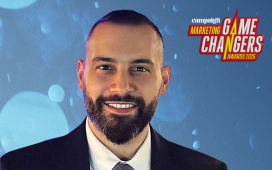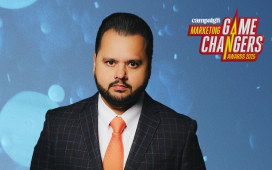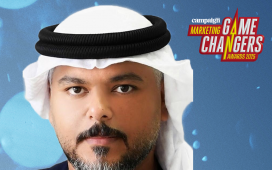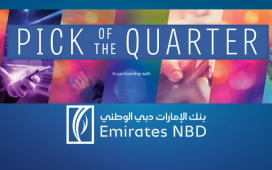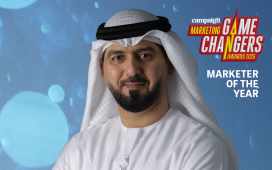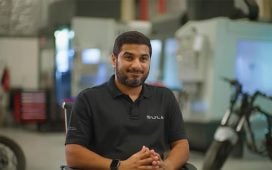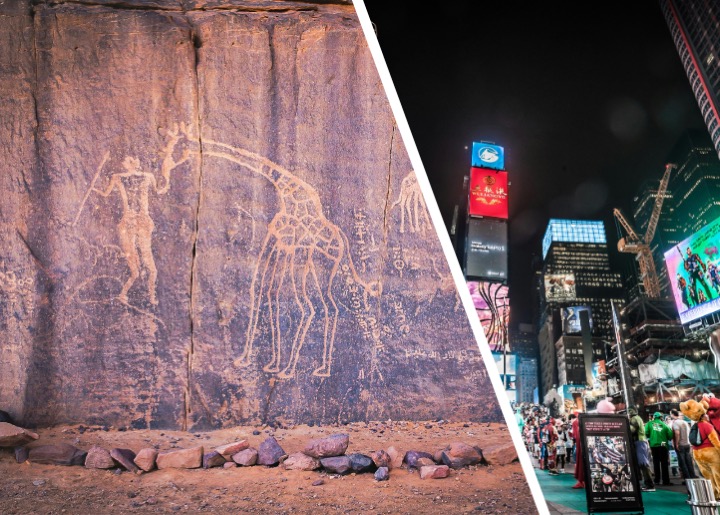 "Storytelling isn’t about being trendy. It’s about being true. And truth builds trust," writes The Hanging House's Anam Ahmad.
"Storytelling isn’t about being trendy. It’s about being true. And truth builds trust," writes The Hanging House's Anam Ahmad.Storytelling isn’t just something we do for fun, it’s how we’ve made sense of the world for over 30,000 years. From cave paintings to TikToks, it’s how we pass knowledge on, connect with others and feel part of something bigger.
It’s also at the heart of everything we do in this industry. Whether we’re designing an experience, crafting a brand campaign, or pitching to a new client, we’re ultimately telling a story that connects. One that feels real and leaves a lasting impact.
We’re wired to engage with stories. It’s not a marketing trend — it’s human instinct. Think about it, as a child, what helped you understand the world? It wasn’t a spreadsheet. It was bedtime stories, songs, and likely cartoons. We remember these stories because they make us feel something, and that’s what sticks.
I was reminded of how powerful that is on a recent family trip to Disneyland. While on a Star Wars ride, we were convinced we needed to escape Darth Vader. We weren’t just observers, we were part of the story. The thrill of it made us feel a sense of connection to the fictional world.
Disney understands this better than most. They’ve been telling stories for nearly 100 years, through characters and moments that make people feel. They even have a department called ‘Imagineering’ — a blend of imagination and engineering that brings stories to life in ways that feel real and unforgettable.
They don’t just tell stories, they make you live them. It’s a philosophy that should resonate with us as creatives.
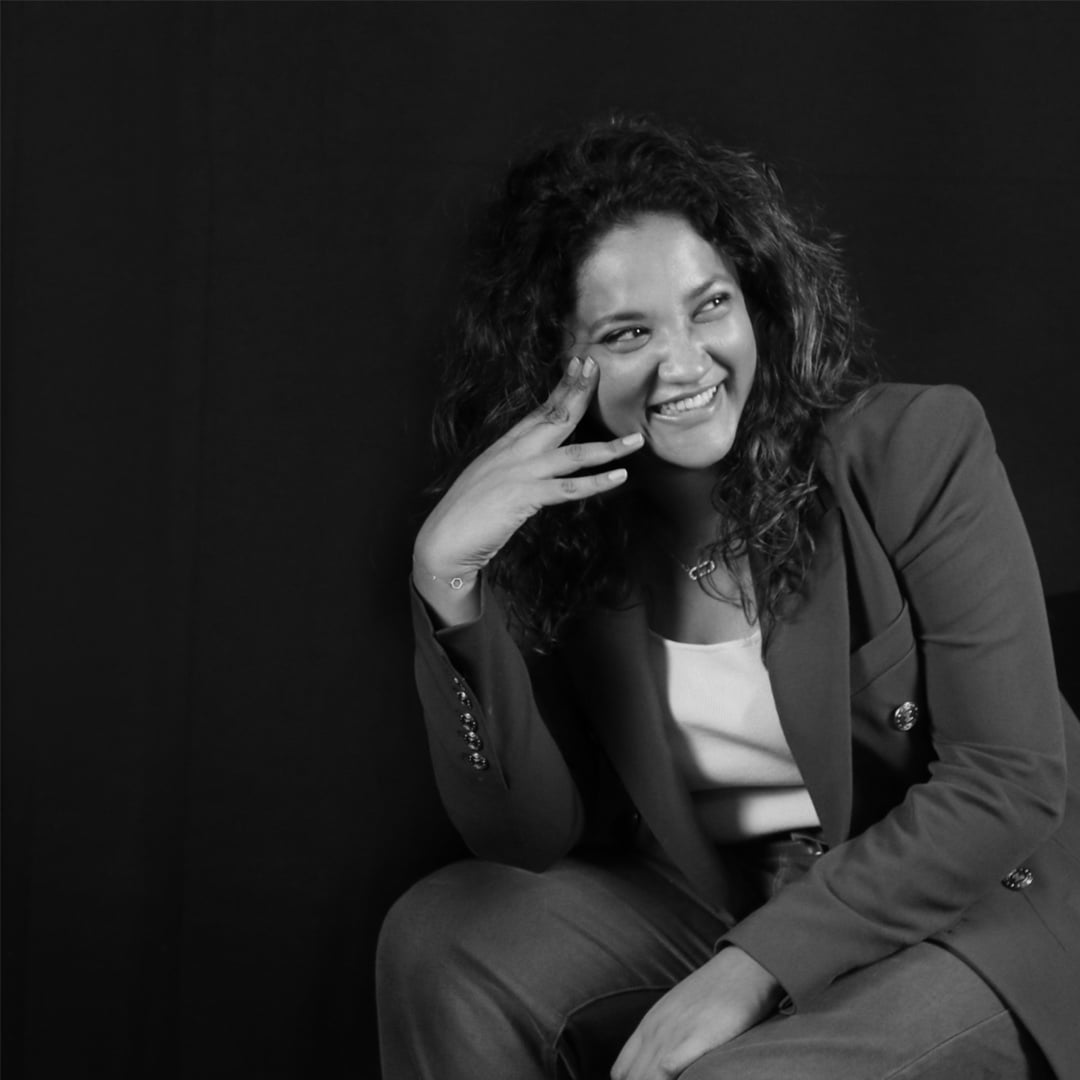
Why storytelling with technology and creativity sells
We should believe in blending creativity and technology to create experiences that genuinely move people.
The launch of the Dubai Metro Blue Line is a great example. As His Highness stepped up, 2,500 drones lit up the sky like high-tech fireflies, sketching his face amongst the stars. The city stopped to watch. It wasn’t just a light show — it was a moment of collective wonder. A story told at scale, using technology not for show, but for emotion.
But in a world obsessed with performance metrics, conversions, and click-through rates, it’s easy to forget that storytelling is still our most powerful tool. There’s nothing wrong with targeting, personalisation or even AI (when used well).
But we can’t forget the fundamentals: people connect through emotion, not just expressions.
Stories that stick beat metrics that click
One of the biggest risks in brand storytelling is the urge to jump on trends. If a story isn’t true to who you are as a brand or if you’re trying to ride a wave that doesn’t reflect your values, it falls flat. And audiences are the first to spot this. It might get clicks in the short term, but it won’t build long-term connection.
The problems start when you tell a story because you think you should. Or worse, because you hope it’ll go viral.
Storytelling isn’t about being trendy. It’s about being true. And truth builds trust.
So tell stories that reflect something honest about your brand — something worth sharing. It doesn’t always have to be positive. Sad, angry, or even uncomfortable stories are all valid. As long as the emotion is real, it will connect.
Authenticity remains the most powerful tool
The most powerful storytelling doesn’t just introduce you to someone else’s world — it holds up a mirror to your own. When people see themselves in a story, that’s where real connection happens. That’s what brings audiences together. You’re not just witnessing someone else’s experience, you’re recognising your own in it.
That’s also where inclusion begins. Authentic storytelling allows people from different backgrounds to feel seen and creates empathy. Once you’ve heard someone’s experience, you can’t un-hear it. It stays with you and changes how you see the world — and that’s powerful.
For marketers and agencies, this means doing the deeper work. By understanding the people behind the brief and listening to real voices behind it. When you focus on the people on both sides of the work, you don’t just deliver more impactful campaigns, you can build stronger relationships too.
As we head into our eighth year this April, it’s that same commitment to meaningful storytelling that guides our work. At the end of the day, the best stories are the ones told with intention. Don’t get distracted by the numbers. If you commit to authenticity and focus on connection over performance, the impact will come.
Humans don’t connect through KPIs. We connect through feelings, meaning and stories that make us pause, reflect, and recognise a bit of ourselves in what we’re seeing. That’s what great storytelling does. And that’s what great brands should aim for.
By Anam Ahmad, Co-Founder and Chief Creative Officer at The Hanging House.



